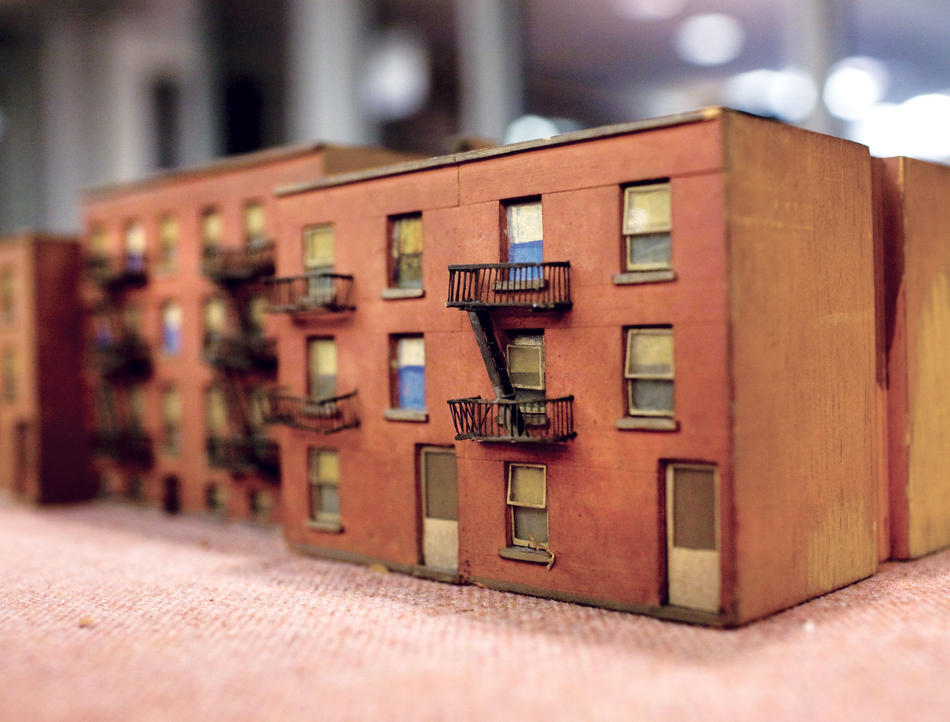A family of real-estate developers has given Columbia one of the largest collections of historical materials on New York City ever privately assembled, along with $4 million to maintain the collection and to create related programs.
The donation from members of the Durst family — which operates the Durst Organization, a Manhattan real-estate firm — includes tens of thousands of New York City–themed books, maps, postcards, prints, and eclectic artifacts ranging from theatrical playbills to souvenir World’s Fair plates. The late Seymour Durst, who led his family’s company from 1974 until his death in 1995, began assembling the archive, now known as the Old York Library collection, in 1962. It remained a passion for the rest of his life, ultimately growing to occupy most of a five-story East Side townhouse.
Columbia’s Avery Architectural and Fine Arts Library will be the collection’s new home; the Graduate School of Architecture, Planning and Preservation (GSAPP) will help maintain its materials.
The archive of materials dating back to the 18th century has been a boon to museum curators, scholars, and researchers over the years. Among the rarest items is one of only 10 copies of the Commissioners’ Grid Map of 1811, which set out Manhattan’s street development for the following century, and the six-volume first edition of The Iconography of Manhattan Island, which chronicled the city’s history before 1915.
Avery Library will receive $1.2 million to house, catalog, and digitize the collection so it can be easily accessed by students, scholars, and the public at large. Carole Ann Fabian, Avery Library’s director, praised Durst’s participation in what she called the “important tradition of collection building” and suggested that the materials would be a valuable resource for Columbia’s real-estate curriculum and research efforts.
The gift also allocates $1.8 million to GSAPP to create the Durst Digital Research Laboratory as part of a new research and conference facility slated for Amsterdam Avenue. The architecture school will devote the remaining $1 million to establishing the Durst Fund for Research, which will be used by its Real Estate Development Program in coordinating seminars, exhibitions, and other activities that bridge the disciplines of architecture and real-estate development.
“This historic gift is truly transformative for our program,” said Vishaan Chakrabarti,
Marc Holliday Professor and Director of GSAPP’s Real Estate Development Program and the Center for Urban Real Estate. “Not only will Columbia become home to an incredible collection of materials, but this gift moves us so much closer to our goal of opening our new Center for Global Design and Development and further supports our new research efforts for the Real Estate Development Program.
“We are deeply grateful to the Durst family for this gift,” says Chakrabarti, “and we look forward to a wonderful collaboration to enhance our programs and make our cutting-edge work and research even more accessible to the academic community and beyond.”



